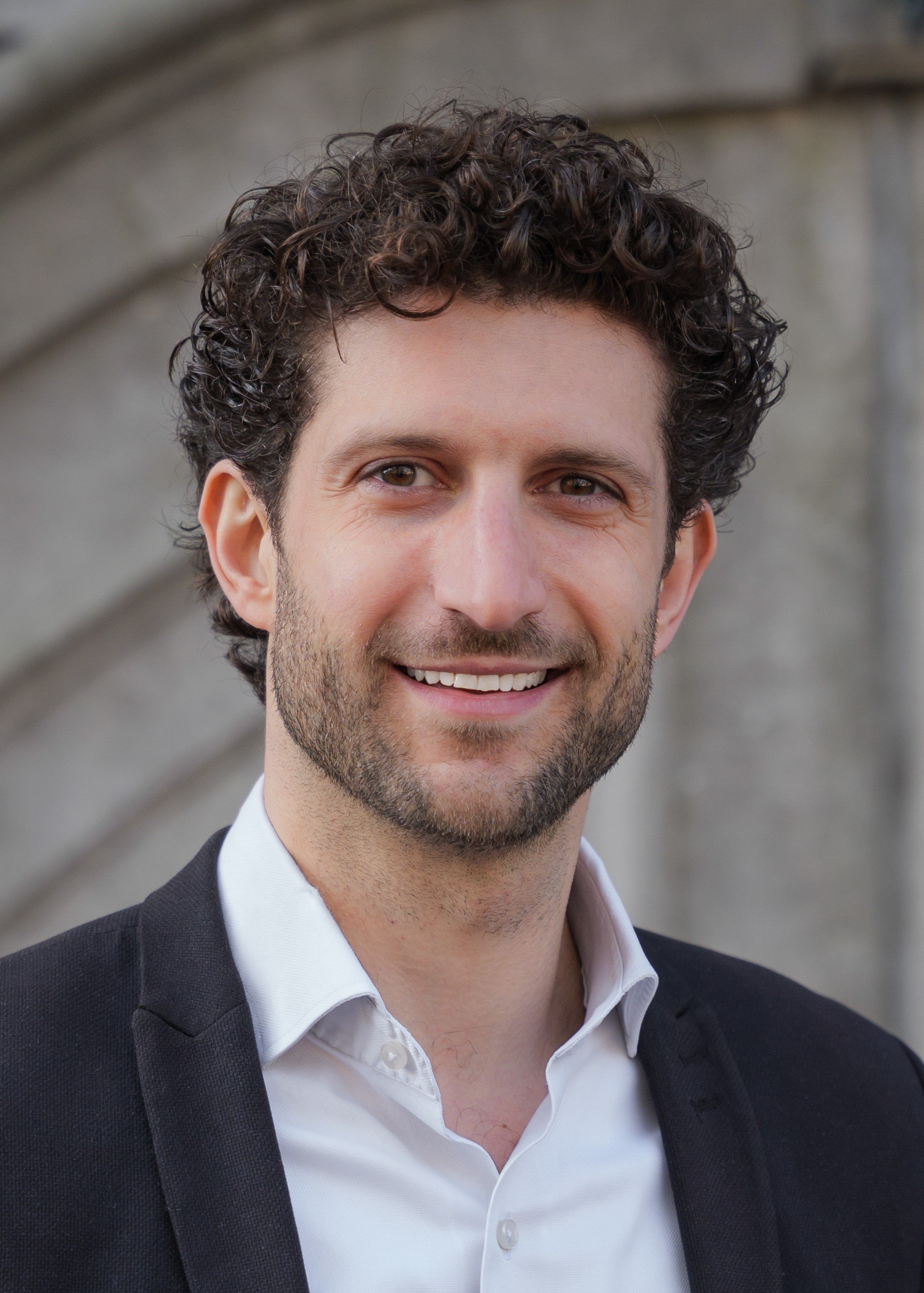Homocide
homocide refer to crimes that result in the death of a person (or several persons). These crimes can be divided into the following categories:
murder (including liquidations);
manslaughter, and
Both murder, manslaughter and causing death through negligence are serious crimes. Murder is even punishable by life imprisonment. If you are suspected of homocide, it is important that you are assisted by a knowledgeable and specialized criminal lawyer.
At Van Meekren Advocatuur, the expertise is ample to guide you through the criminal process.
Frequently Asked Questions
-
Murder, manslaughter and causing death through negligence are three forms of homocide, but they differ in their nature. Both murder and manslaughter are considered "intentional crimes," while causing death through negligence is classified as a "culpable crime. That is, the perpetrator did not have intent but it is due to his/her fault.
The "intent crimes" each have their own characteristics. Both murder and manslaughter require the intent to take another person's life. However, murder also requires that the act be premeditated, while manslaughter does not necessarily require this.
-
The format has several variants/grades:
Full intention (intent)
Full intent is the heaviest degree of intent. The perpetrator knowingly took the victim's life. The criminal conduct is primarily aimed at the death of the victim
Design with necessity awareness
Intent as necessity means that the perpetrator did not intend to kill someone, but it was necessary to achieve his own goal.
Setup as probability awareness
Even with intent as probability consciousness, the intent is not to kill someone, but rather to achieve his/her primary goal. Thereby, it is likely that someone will be deprived of life by his/her actions. Difference with necessity consciousness is that in necessity consciousness the perpetrator was certain that another person will be deprived of life while in intent as probability consciousness it is likely that someone will be deprived of life in achieving your primary goal.
Conditional design
Conditional intent is the lowest form of intent. In conditional intent, the perpetrator did not have the intent to take another person's life but he accepted the reasonable probability that his action would result in the death of another person. He intended to carry out his act, was aware of a significant probability of a bad outcome, and accepted this probability.
-
In causing death through negligence , guilt is component of the offense. That is, the word 'guilt' is part of the offense description. When guilt is constituent it is called "culpa. Culpa is a more severe form of guilt than when guilt is element, which attaches to any criminal offense as the lower limit of culpability. Guilt as an element can be seen as 'guilt in the sense of culpability.' Guilt as an element ("culpa") is a "culpable substantial imprudence. Culpa thus requires a certain degree of imprudence, lack of precaution or negligence.
There are 2 forms of culpa:
Deliberate guilt
Conscious guilt is very similar to the lowest form of intent: conditional intent. Conscious guilt occurs when the offender knew that there was a chance that his/her actions would cause the death of another, but he/she thought that it would not happen anyway. The perpetrator did foresee the consequences, but he/she thought (too) lightly that it would be all right.
An example of intentional fault is the Porsche verdict. An intoxicated motorist drove his Porsche way too fast on a county road, overtook and ran a red light. Ultimately, this motorist caused an accident with five victims. There was deliberate fault herecausing death through negligence) and not conditional intent (manslaughter) because it is not likely that he would have taken the accident at face value, since the motorist would then also have taken his likely own death at face value.
Unconscious guilt
Unconscious guilt occurs when the offender had not realized the possibility of a certain consequence at all, when he/she could and should have. The perpetrator did not have his/her attention to the situation at the time, although he/she knew in a general sense that he/she should pay attention.
An example of unconscious fault occurs when a motorist hits a pedestrian while turning because he/she did not notice them when he/she could and should have.
What do our clients say?
"Bram has been professional, enthusiastic to help, committed and transparent. Recommended!"
Client, July 2024
"Bram Horenblas is a top lawyer ! He listens incredibly well and explains everything well and clearly to you. Mr. Horenblas is very friendly and sensible/intelligent lawyer who prepares himself incredibly well. Mr. Horenblas really went through fire for me and wanted to win this case at any cost. He is very dedicated, knowledgeable and quick. He sorts everything out to perfection and is very precise when defending me as a client."
Client, May 2024
"Top lawyer! Mr. Horenblas truly goes through fire for his clients. Dedicated, knowledgeable and quick. He sorts everything out to perfection."
Client, April 2024
Direct contact
Looking for a lawyer homocide? Feel free to contact us via the contact form. We generally respond within one business day.


